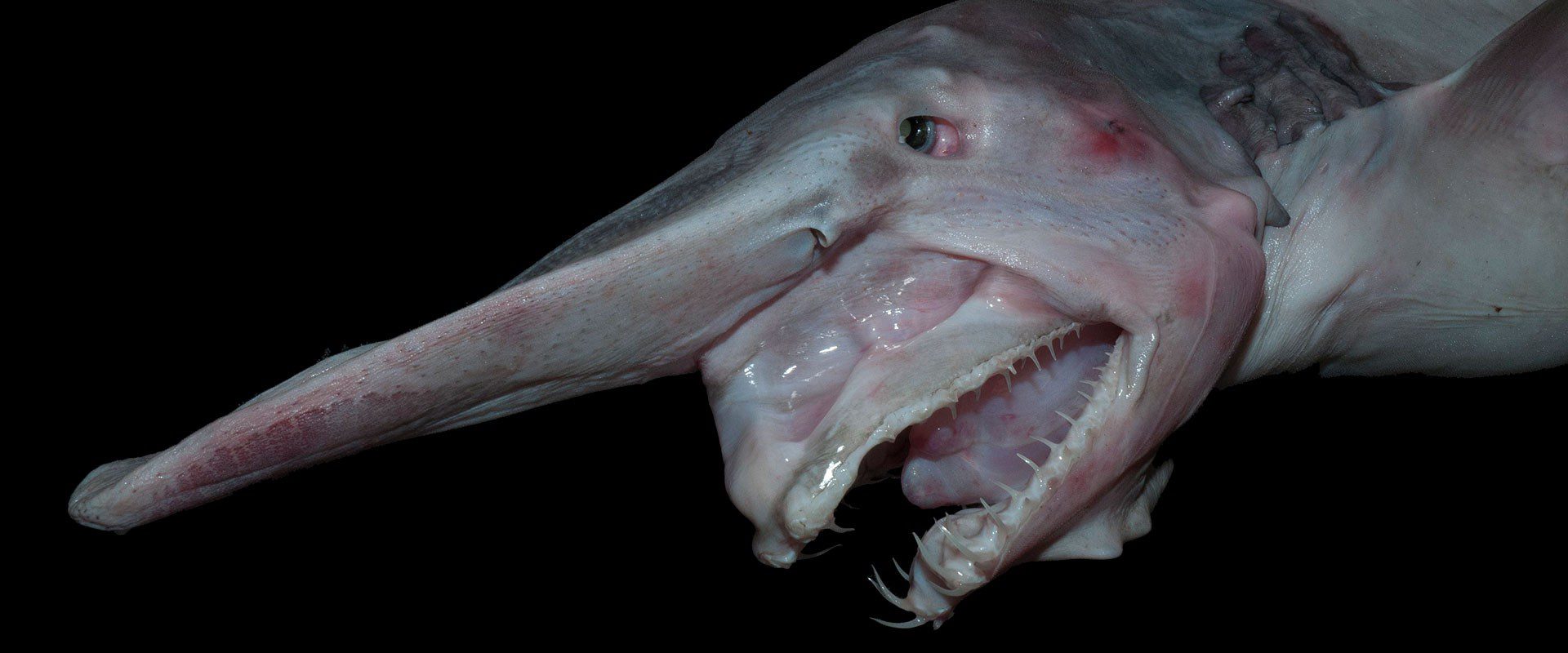Mythical creatures have been part of human culture since ancient times, capturing imaginations and inspiring stories for centuries. This article explores ten mythical creatures and the real-life animals that inspired them, including dragons, centaurs, mermaids, griffins, unicorns, minotaurs, phoenixes, harpies, krakens, and chupacabras. Dragons may have been inspired by reptiles such as crocodiles and lizards, while the myth of centaurs may have been influenced by skilled horseback riders in ancient Greece. The myth of mermaids may have originated from sailors mistaking manatees for the half-woman, half-fish creatures. Mythical creatures continue to fascinate and inspire people, even if they are purely imagined.
10 Mythical Creatures That Were Inspired by Real Animals
Mythical creatures have been a part of human culture since ancient times. From the dragon to the unicorn to the phoenix, these creatures have captured the imagination of people for centuries. But did you know that many of these creatures were actually based on real animals? In this article, we will explore 10 mythical creatures and the real animals that inspired them.
1. Dragons
One of the most iconic mythical creatures of all time, the dragon has been a part of human stories since ancient times. These flying beasts were often depicted with powerful wings, sharp claws, and a long, forked tongue. While dragons may be purely mystical, many experts believe that they were inspired by real animals such as crocodiles, snakes, and lizards. The legendary dragon’s characteristic roar is likely based on the sounds that these real-life reptiles make.
2. Centaurs
As half-man, half-horse creatures, centaurs were a popular figure in Greek mythology. However, historical records show that there were actually tribes of nomadic horsemen in ancient Greece. These skilled horseback riders may have inspired the myth of the centaur, as they were often depicted as fierce warriors in ancient Greek art.
3. Mermaids
Mermaids have been a popular mythical creature for centuries. These half-woman, half-fish creatures are often depicted with flowing hair and a beautiful singing voice. While there is no evidence of real-life mermaids, experts believe that the myth may have originated from sailors mistaking manatees for these mythical creatures. Manatees have a rounded body similar to a human torso and have been known to rest on their tails, making it appear as though they have a fish tail.
4. Griffins
The griffin is a creature with the body of a lion and the head of an eagle. This mythological creature has been prominent in ancient art and literature. Experts believe that the myth of the griffin may have originated from ancient traders who encountered fossils of the Protoceratops dinosaur. The dinosaur’s beaked skull and the broad-winged bird helped to inspire the image of the griffin.
5. Unicorns
The unicorn is often depicted as a horse with a single horn on its forehead. While there is no evidence of real-life unicorns, the myth may have originated from Indian rhinoceroses. These large animals have a single horn on their noses and may have been unfamiliar to Europeans during the Middle Ages, leading to the creation of the unicorn myth.
6. Minotaurs
The Minotaur is a creature with the head of a bull and the body of a man. In Greek mythology, the Minotaur was imprisoned in a labyrinth by King Minos. While there is no evidence of real-life Minotaurs, the myth may have been inspired by ancient bull-worshipping cultures. The Minoans, an ancient civilization in Crete, often depicted bulls in their art and may have been the inspiration for the Minotaur myth.
7. Phoenixes
The phoenix is a mythical bird that is said to have the ability to rise from the ashes of its own death. While there is no evidence of real-life phoenixes, experts believe that the myth may have been inspired by regenerating animals such as salamanders. Salamanders are able to regenerate their limbs and tails, which may have been seen as a form of rebirth by ancient people.
8. Harpies
The harpy is a half-bird, half-woman creature from Greek mythology. This mythical creature has been depicted in art and literature for centuries. Experts believe that the myth of the harpy may have originated from the secretary bird, a bird of prey found in Africa. This bird has a distinctive feathered crest on its head that looks similar to the hair of a human woman.
9. Krakens
The kraken is a legendary sea monster from Scandinavian folklore. This creature is said to be a giant octopus or squid that could sink ships with its tentacles. While there is no evidence of real-life krakens, giant squid have been known to exist in the depths of the ocean. These enormous creatures could grow up to 40 feet in length and possess long tentacles, which may have inspired the kraken myth.
10. Chupacabras
The chupacabra is a mythical creature that is said to inhabit parts of the Americas. This creature is said to drain the blood of livestock, leaving them dead with puncture wounds. While there is no evidence of real-life chupacabras, experts believe that the myth may have been inspired by animals such as coyotes, which often kill livestock and can leave similar puncture wounds.
Conclusion
Mythical creatures have captured the imagination of people for centuries. While many of these creatures may be purely imagined, it is interesting to note how they may have been inspired by real animals. From dragons and unicorns to chupacabras and krakens, these mythological creatures continue to fascinate and inspire us.
